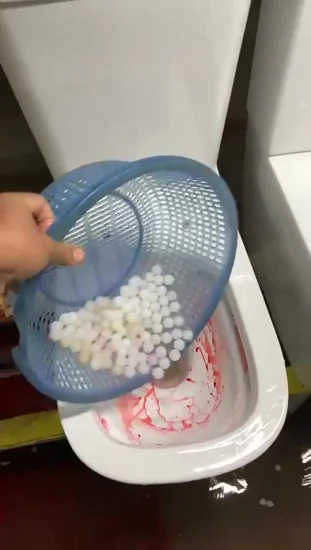We have stumbled on this post involving Is it safe to flush food (especially rice) down the toilet? directly below on the web and figured it made sense to share it with you here.

Intro
Many people are typically confronted with the issue of what to do with food waste, especially when it involves leftovers or scraps. One common question that arises is whether it's okay to purge food down the bathroom. In this article, we'll explore the reasons that individuals may consider purging food, the repercussions of doing so, and alternative methods for correct disposal.
Reasons that people could think about purging food
Lack of awareness
Some individuals might not recognize the prospective damage triggered by purging food down the bathroom. They may wrongly believe that it's a safe method.
Comfort
Flushing food down the toilet may look like a quick and simple service to getting rid of undesirable scraps, particularly when there's no close-by trash bin offered.
Idleness
Sometimes, people might merely choose to flush food out of sheer idleness, without considering the consequences of their activities.
Effects of flushing food down the commode
Environmental impact
Food waste that ends up in waterways can add to pollution and harm water environments. In addition, the water made use of to purge food can strain water sources.
Plumbing concerns
Flushing food can lead to clogged pipes and drains pipes, triggering costly plumbing repairs and aggravations.
Sorts of food that must not be flushed
Coarse foods
Foods with fibrous textures such as celery or corn husks can obtain tangled in pipes and cause blockages.
Starchy foods
Starchy foods like pasta and rice can absorb water and swell, causing blockages in pipes.
Oils and fats
Greasy foods like bacon or food preparation oils should never be flushed down the bathroom as they can solidify and create clogs.
Correct disposal techniques for food waste
Making use of a garbage disposal
For homes geared up with garbage disposals, food scraps can be ground up and flushed via the pipes system. Nonetheless, not all foods appropriate for disposal in this way.
Recycling
Certain food product packaging materials can be recycled, reducing waste and reducing ecological impact.
Composting
Composting is an environmentally friendly method to take care of food waste. Organic products can be composted and utilized to enrich dirt for gardening.
The significance of proper waste administration
Lowering ecological harm
Proper waste administration techniques, such as composting and recycling, assistance lessen contamination and preserve natural deposits for future generations.
Safeguarding pipes systems
By staying clear of the method of flushing food down the toilet, homeowners can prevent pricey pipes fixings and preserve the honesty of their pipes systems.
Final thought
Finally, while it might be alluring to purge food down the commode for convenience, it is essential to understand the prospective consequences of this activity. By embracing proper waste management practices and taking care of food waste properly, people can contribute to healthier plumbing systems and a cleaner atmosphere for all.
FLUSH FOOD DOWN THE TOILET?
FLUSHING FOOD CAN CAUSE BLOCKED DRAINS IN YOUR HOME
All of the plumbing fixtures in your home are connected to the same sewer pipe outside of your home. This outdoor sewer pipe is responsible for transporting all the wastewater from your home to the Council sewer mains. Even small pieces of food that go down the kitchen sink can cause problems for your sewer. It should therefore be obvious that flushing larger bits of food, such as meat, risks a clog in either the toilet itself or the sewer pipes. Flushing greasy food is even more problematic because oil coagulates when it cools, coating the interior lining of your pipes.
THE TOILET IS NOT A BIN
Food isn’t the only thing that people shouldn’t be flushing down the toilet. People use the toilet to dispose of all kinds of things such as tampons, makeup wipes, dental floss, kitty litter and even underwear. Water goes to great lengths to educate residents about the high costs and stress placed on wastewater treatment systems simply from people flushing the wrong stuff down the toilet. It costs taxpayers millions of dollars each year, and homeowners thousands in blocked drain repairs.
FLUSHING FOOD IS A WASTE OF WATER
Flushing food is a waste of our most precious resource - water. In June this year Level 1 water restrictions were introduced to protect water supply from drought conditions. Much of New South Wales continues to be affected by prolonged drought with recent figures revealing up to 97 per cent of the state remains in drought. Depending on whether you have a single or dual flush toilet, every single flush uses between five and 11 litres of water. In the current climate this is a huge amount of water to be wasting on flushing food that should be placed in the bin (or better yet, the compost).
https://www.jabplumbingsolutions.com.au/blog/can-you-flush-food-down-the-toilet

I was brought to that article about Think Twice Before Flushing Food Down Your Toilet through a friend on a different web property. Make sure you set aside a second to distribute this blog posting if you liked it. Thank you so much for your time invested reading it.
Call Today